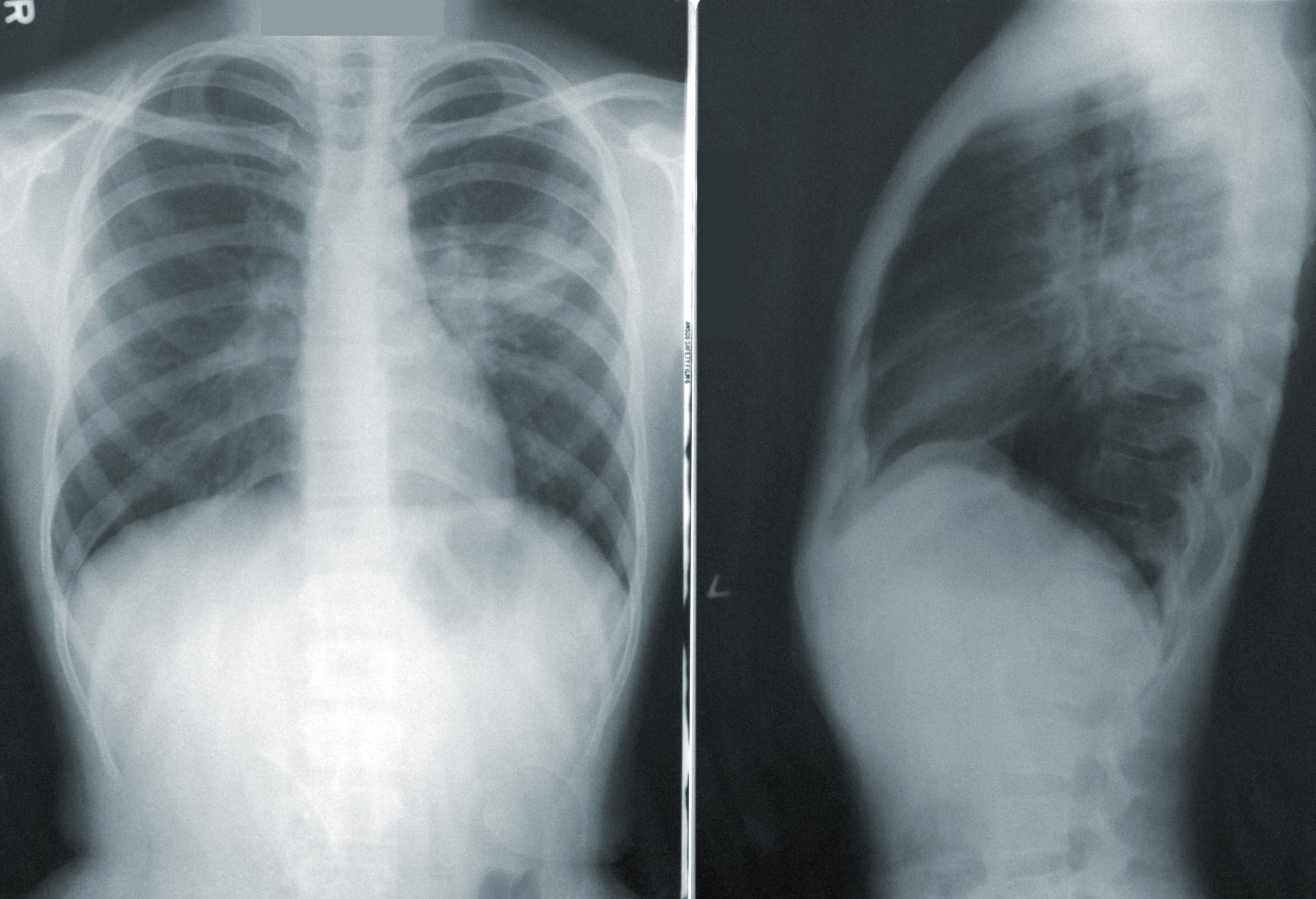Authors: http://orcid.org/0000-0003-1316-4891Peter M George1,2, http://orcid.org/0000-0003-3067-7349Shaney L Barratt3,4, Robin Condliffe5, Sujal R Desai6, Anand Devaraj6, Ian Forrest7, Michael A Gibbons8, Nicholas Hart9, http://orcid.org/0000-0002-7929-2119R Gisli Jenkins10, Danny F McAuley11, Brijesh V Patel12, Erica Thwaite13, Lisa G Spencer13
The COVID-19 pandemic has led to an unprecedented surge in hospitalised patients with viral pneumonia. The most severely affected patients are older men, individuals of black and Asian minority ethnicity and those with comorbidities. COVID-19 is also associated with an increased risk of hypercoagulability and venous thromboembolism. The overwhelming majority of patients admitted to hospital have respiratory failure and while most are managed on general wards, a sizeable proportion require intensive care support. The long-term complications of COVID-19 pneumonia are starting to emerge but data from previous coronavirus outbreaks such as severe acute respiratory syndrome (SARS) and Middle East respiratory syndrome (MERS) suggest that some patients will experience long-term respiratory complications of the infection. With the pattern of thoracic imaging abnormalities and growing clinical experience, it is envisaged that interstitial lung disease and pulmonary vascular disease are likely to be the most important respiratory complications. There is a need for a unified pathway for the respiratory follow-up of patients with COVID-19 balancing the delivery of high-quality clinical care with stretched National Health Service (NHS) resources. In this guidance document, we provide a suggested structure for the respiratory follow-up of patients with clinicoradiological confirmation of COVID-19 pneumonia. We define two separate algorithms integrating disease severity, likelihood of long-term respiratory complications and functional capacity on discharge. To mitigate NHS pressures, virtual solutions have been embedded within the pathway as has safety netting of patients whose clinical trajectory deviates from the pathway. For all patients, we suggest a holistic package of care to address breathlessness, anxiety, oxygen requirement, palliative care and rehabilitation.
This article is made freely available for use in accordance with BMJ’s website terms and conditions for the duration of the covid-19 pandemic or until otherwise determined by BMJ. You may use, download and print the article for any lawful, non-commercial purpose (including text and data mining) provided that all copyright notices and trade marks are retained.
For More Information: https://thorax.bmj.com/content/75/11/1009
